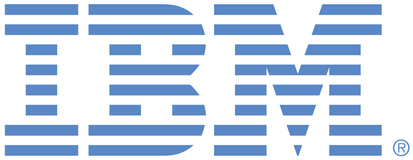
This portal is to open public enhancement requests against the products and services belonging to IBM Sustainability Software. To view all of your ideas submitted to IBM, create and manage groups of Ideas, or create an idea explicitly set to be either visible by all (public) or visible only to you and IBM (private), use the IBM Unified Ideas Portal (https://ideas.ibm.com).
Shape the future of IBM!
We invite you to shape the future of IBM, including product roadmaps, by submitting ideas that matter to you the most. Here's how it works:
Search existing ideas
Start by searching and reviewing ideas and requests to enhance a product or service. Take a look at ideas others have posted, and add a comment, vote, or subscribe to updates on them if they matter to you. If you can't find what you are looking for,
Post your ideas
Post an idea.
Get feedback from the IBM team and other customers to refine your idea.
Follow the idea through the IBM Ideas process.
Specific links you will want to bookmark for future use
Welcome to the IBM Ideas Portal (https://www.ibm.com/ideas) - Use this site to find out additional information and details about the IBM Ideas process and statuses.
IBM Unified Ideas Portal (https://ideas.ibm.com) - Use this site to view all of your ideas, create new ideas for any IBM product, or search for ideas across all of IBM.
ideasibm@us.ibm.com - Use this email to suggest enhancements to the Ideas process or request help from IBM for submitting your Ideas.

On the other hand, there might be possibility to certain level use LQE relational store 7.0.3 once deployed in your production env. to create to some level the requested functionality. However LQE rs would not be able to allow a ?selector? for a particular date and time. Users would have to create a query based on what is available to be queried on from the artifact itself. If you would like to track states of data over time, for example requirements have last update date as a property, then this should be a new idea against DOORS Next.
We value your feedback and thank you for allowing us to partner with you in developing our products.
Use Case 1: The user wants to quickly be able to find all changes to an artifact matching specific criteria.
Use Case 2: The user would like to view artifacts from a past state, even if no baseline was created (i.e. view as of date and time.).